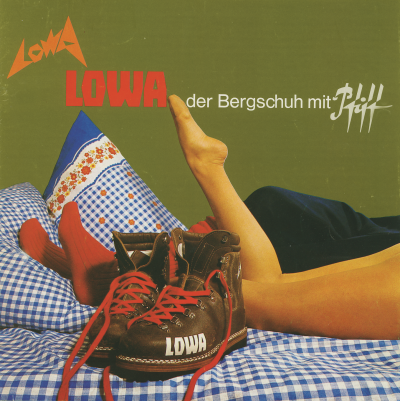History Of: LOWA Boots
Jeff Williamson 09.19.18

Americans love hiking, but walking is a way of life for most Europeans. Their approach to footwear leans noticeably towards long term use and quality rather than what many Americans gravitate towards in big name store provided disposable footwear. After all, Americans typically do not walk everywhere, racking up miles through all sorts of weather. For those who do, however, quality always tells. Lowa Boots brings a decidedly German-keep working forever-attitude to the art of footwear.
The Bavarian Alps are mountains of legend. Just across the border from where Julie Andrews sung the “Hills are Alive” in Austria, the region is dominated by steep mountains, pristine glacial lakes and the ideal place for hiking and climbing. For centuries, residents of the region knew what walking over rough terrain was about and learned to appreciate quality footwear. The cobbler was just as important as the wheelwright or the blacksmith. Probably more so.
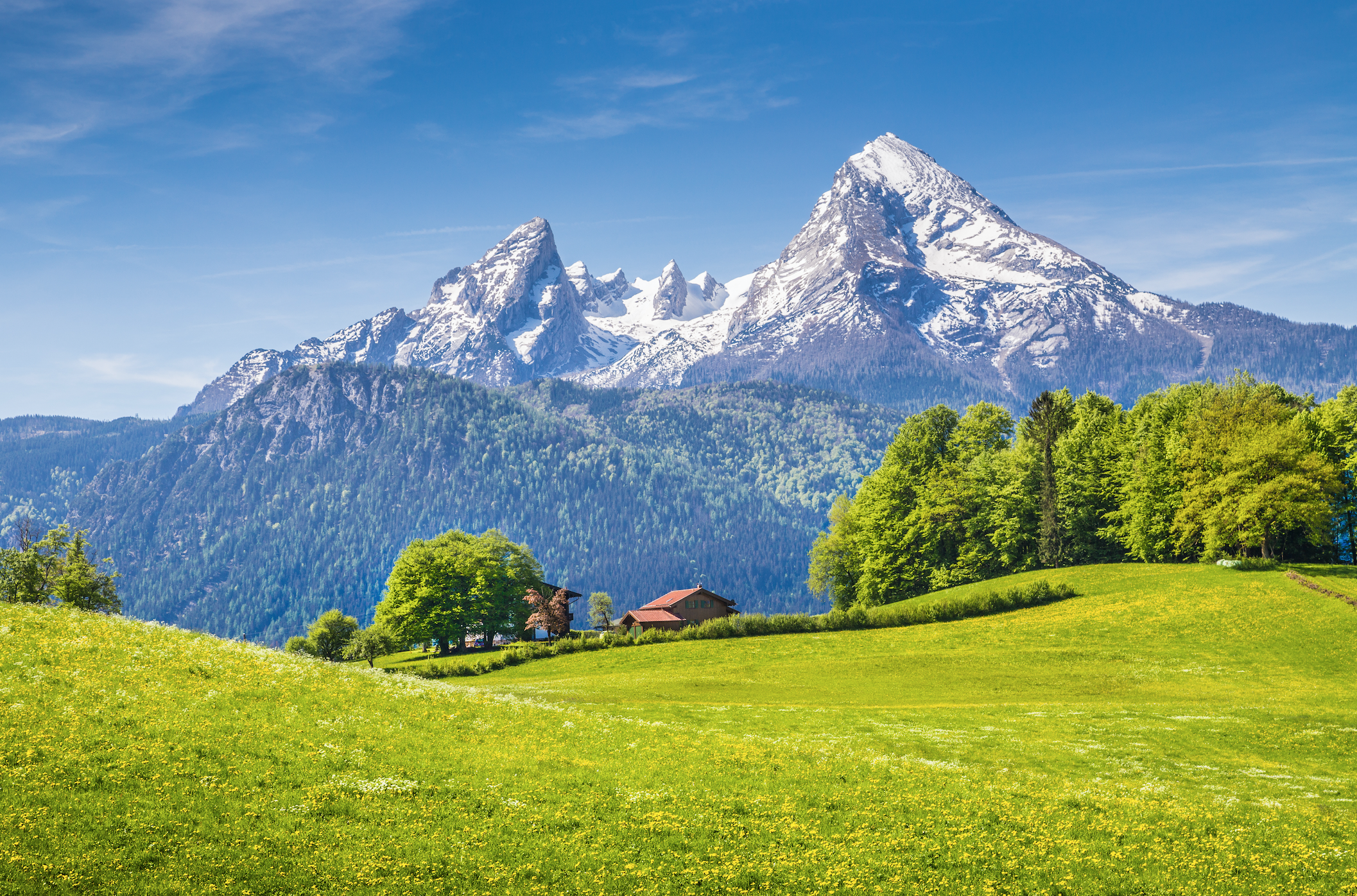
Lorenz Wagner began making heavy work brogues, low heeled shoes with multiple panels of leather, today most commonly associated with dress shoes such as the wingtip, in 1923 in the small town of Jetzendorf. The town is located between Munich and Berchtesgaden. It quickly became an offshoot of the family business: Lorenz was from a line of shoe makers and to set his apart, he used a stamp with the first two letters of his first and last name: LOWA. His brother Hans had started making boots two years before: HANWAG.

By 1930 orders necessitated moving the shoe making into its own dedicated factory and hiring additional labor to keep up with demand: the company was contracted to develop new Alpine boots for the mountain infantry as well as lace up ski boots. One of the new apprentices was a man named Sepp Lederer who in the course of time met and married Lorenz’ daughter Berti. In the 1930’s the Bavarian Alps became the favorite retreat of Adolph Hitler, specifically south of Jetzendorf the areas of Berchtesgarten and Obersalzberg where many of the party elites acquired homes near their Fuhrer’s Berghof residence. With the rise to power of the National Socialist Democratic Workers’ party in 1933, many residents chose to support the new government. Lorenz Wagner was not one of them. He was elected mayor of Jetzendorf that same year, but as the Nazis consolidated power they demanded local leaders also join the party. Wagner’s refusal led to him being dismissed from office. Over the next few years, as Hitler violated the Versailles Treaty in rearmaments, the LOWA factory was contracted to produce footwear for the military and especially for the mountain infantry, the Gebirgjaeger.
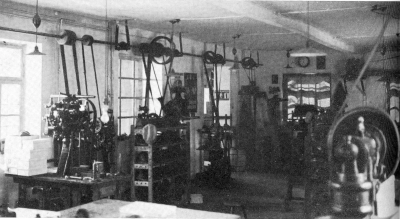
At the end of World War II, southern Germany had escaped much of the destruction of the industrialized north. It was also firmly within the control of the American occupation zone. While the military governor, General George Patton caused some trouble reappointing local Nazis to local government office in the face of expediency demanded experience, Lorenz Wagner already had an established anti-Nazi reputation and quickly returned to manufacturing for the civilian market. Economic stability was of the upmost importance to the people and the occupation powers as a threat of communist expansion loomed. By 1946 LOWA had reinvested in new machinery and labor to focus on mountain and ski boots as well as street shoes.
Unfortunately, this appears to have led to an over investment in the face of the first postwar recession. The Korean conflict caused a massive surge in the price of materials that stretched manufacturing to its limits. Leather specifically was a product of speculation and in the face of declining prices with consumer demand nervous of economic failures LOWA was forced to declare bankruptcy in 1953. The company’s future appeared to be in peril when later that year the company founder, Lorenz Wagner passed away.
By 1955 it was clear that Sepp and Berti Wagner Lederer would take over the company. The new focus throughout the 1950s was not simply to focus on manufacturing but to also promote the brand through high profile sponsorships. Of course, the highlights include mountain climbing. When Jim Whittaker became the first American to climb to the top of the world on Mt. Everest in 1963, he did so wearing a pair of LOWA boots. When the German ski team competed in the 1968 Olympics, they did so in LOWA boots, with LOWA sponsorship ever since. When Davo Karnicar did the world’s first uninterrupted ski down Mt Everest in 2000, it was in LOWA boots. LOWA athlete Ines Papert won her first of four ice climbing competitions in 2001. Ten years later another LOWA athlete, Gerlinde Kaltenbrunner, cleared the summit of K2 (aka Mt Godwin-Austin, second in height only to Mt Everest) to become the first woman to climb to the top of all 14 eight thousanders without supplemental oxygen or high-altitude equipment. To date LOWA Active Team has approximately two dozen members that operate more as mutual ambassadors with the company rather than as a sponsorship relationship.
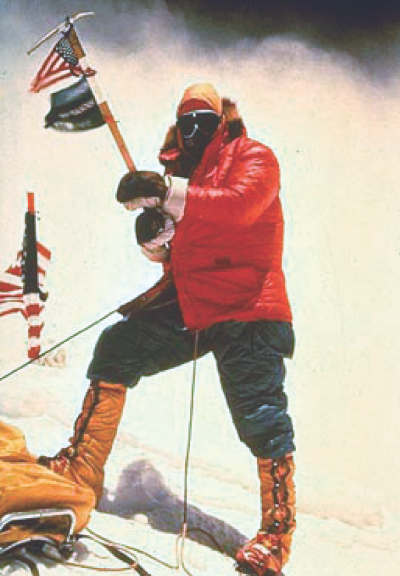
Back in “the shop” the company pioneered new manufacturing techniques such as PU injection molding and vulcanized rubber soles in 1970. Yet it was in 1972, the company’s 50th year, with the introduction of the “Air” model ski boot that LOWA finally jumped to #1 in the competitive skiing footwear market. By incorporating an air-cushioned inner boot, the company completely changed the way ski boots operate and fit. Ten years later the Trekker was introduced setting new standards for hiking boot fit, performance and endurance.
When the Tecnica Group acquired LOWA under the leadership of Werner Riethmann in 1993 ski boot production was relocated to Italy. Jetzendorf remained the company’s corporate, manufacturing, research and development. The Alps were the inspiration for Lorenz, it remained so for the succeeding generations as well: in 1998 the first Renegade GTX is produced and remains to this day among the world’s best-selling outdoor boots.
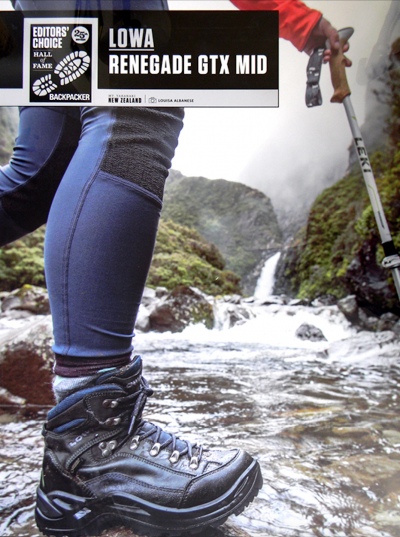
In 2000 LOWA sold one million boots in a year, reaching that milestone for the first time; they reach two million shoes a year in 2010. By 2003 the company is the largest employer in its home town and completes a green energy initiative by 2015, roofing over the company parking lot with solar panels that supplement the locally sourced hydropower helping preserve the pristine environment that is the draw to so many outdoors enthusiasts.
Perhaps the greatest testament to the company’s commitment to quality, however, came in 2008 when it was awarded the prestigious ISO 9001 for highest quality manufacturing processes. The company is audited annually to maintain this status and commitment to bringing the best possible outdoor footwear to its customers.
In spite of this overwhelming commitment to superior quality, the company continued to expand. Opening two consumer US based demo centers in 2012: one in Sierra Club’s Clair Tappan Lodge in California and the other at the Appalachian Mountain Club’s Joe Dodge Lodge in New Hampshire. The next year two more were opened in AMC’s Mohican Outdoor Center in New Jersey and the YMCA of the Rockies in Colorado.
In 2018 the Renegade celebrated twenty years and was named to Backpacker Magazine’s Hall of Fame. It is the same year that LOWA turned ninety-five. In many ways, the company has come a long way from its modest roots – the workshop of the Wagner family in rural Jetzendorf to becoming a global brand sold in fifty-five countries. Yet company leadership has not yet lost sight of its roots: in an age of consumer focus on bottom dollar prices and disposable goods, Lorenz Wagner can look on his creation with pride. LOWA remains committed to merging outstanding quality and fit with modern innovative designs and submits itself annually to independent review to maintain its ISO status. It incorporates the benefits of modern technology with the commitment to durability expected by an early age. Unlike so many other name brands from a century ago, LOWA has not forgotten what it is meant to do: make quality boots that last and give their customers their money’s worth.
